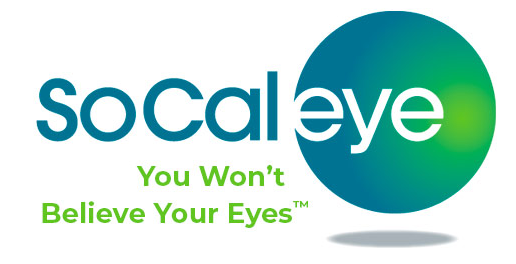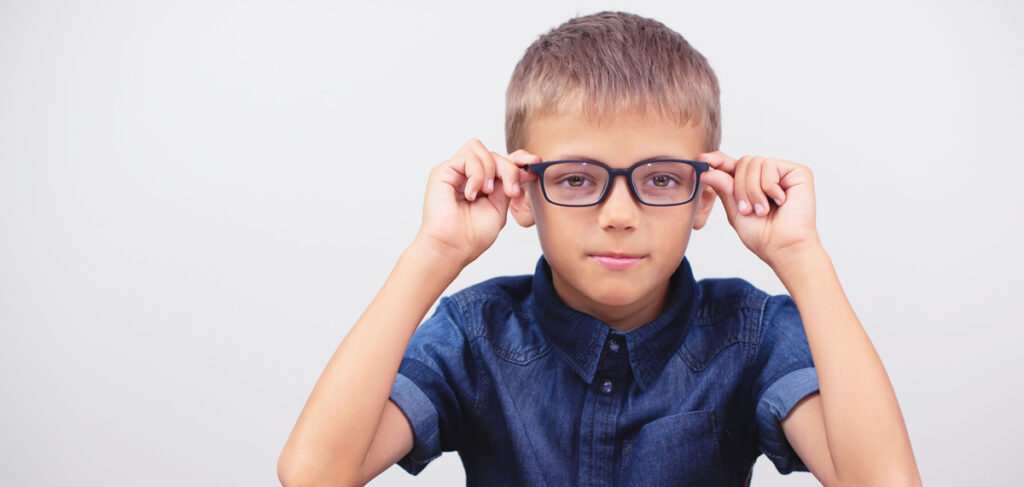What is the most common cause of blurred vision in people younger than 40? The answer is Myopia, commonly known as nearsightedness. At least one-third of the U.S. population is nearsighted today, an increase from 25% a few decades ago. It is predicted nearly half of the global population will be myopic by 2050. Given that so much of a child’s academic performance is based on visual learning, it is important to detect and address myopia early. Let’s look into some of the easy-to-read signs and possible causes of this condition.
Understanding Myopia:
Nearsightedness occurs when you can see close objects clearly, but objects farther away are blurry. Perhaps you cannot clearly see objects at a distance, such as road signs or the characters on a movie screen. Additional examples would be if you can’t see the leaves on a tree or have difficulty seeing a tennis ball or baseball, you might have a case of myopia. Yet there’s a lot of people, even with myopia, who don’t know what it is or how they developed it. Myopia is caused when the eyeball grows too big, or when the outer surface of the eye (the cornea) causing images to be focused in front of the retina (the layer of light-sensitive tissue in the back of the eyes) instead of actually on the retina. The result is that distant objects become unfocused.
Childhood in Focus.
Researchers are not sure why the eyeball grows too long although a hereditary component is suspected. Several studies indicate that youngsters spending greater amounts of time spent reading, writing and working on computers, and less time outdoors, may also contribute. If you see your kids constantly holding a device too close or sitting very near the TV, it may be time to suggest a break. It may also be a good time to schedule an eye exam. Childhood nearsightedness is on the rise, but the good news is that it often stabilizes by early adulthood. In some cases, however, the condition will continue to progress with age.
Standard Myopia: The Prognosis is Good.
For those with typical myopia, the prognosis is good. With early detection most cases of Myopia can be corrected with eyeglasses, contact lenses or LASIK. Full time wearing of glasses or contact lenses may not even be necessary. According to the Discovery Eye Foundation, 80% of learning is visual through 6th grade and once nearsightedness is addressed and corrected, it should not compromise a student’s academic performance. Because eyesight plays such an important role in learning, we recommend if you have any concerns about myopia in your child, that you schedule a comprehensive eye exam.
SoCal Eye and Myopia
SoCal Eye provides eye care for all ages (starting at six years old) and our doctors provide comprehensive eye care covering all major sub-specialties in ophthalmology. We have two offices to care for you, and serve the greater Long Beach area, including Seal Beach, Cerritos, Cypress, Garden Grove, and Huntington Beach. Treatment begins with a comprehensive eye exam. Schedule an Appointment today at LAKEWOOD (562) 531-2020, LOS ALAMITOS (562) 598-7728 or send us an Online Consultation Request




